Icon Mother of Jesus
The Icon of the Mother of Jesus, commonly referred to as the Theotokos, holds a profound significance in Christian faith, theology, and religious art. “Theotokos,” meaning “God-bearer” or “Mother of God,” is a title that emphasizes Mary’s unique role in the Christian narrative. This term not only affirms the divinity of Christ but also underscores the deep connection between Mary and the mystery of the Incarnation, where God becomes man. The icon of the Theotokos, displayed in churches and homes, serves as a potent symbol of faith, mercy, and maternal love.
### **Historical Context**
The veneration of the Mother of Jesus can be traced back to the early centuries of Christianity. Initially, references to Mary were sparse, with primary focus on the life and teachings of Jesus. However, as the church grew and theological discussions around Christ’s nature intensified, the need to articulate Mary’s role became more pronounced. The Council of Ephesus in 431 AD affirmed Mary’s title as Theotokos, providing a theological foundation for her veneration.
Over the centuries, Christians developed various artistic representations of the Theotokos. Icons, in particular, emerged as a distinctive form of religious art in the Byzantine tradition. These sacred images were not merely decorative; they were seen as windows into the divine, facilitating a deeper connection with God. The Icon of the Mother of Jesus, in its diverse forms, has endured as a central element in both Eastern Orthodox and Western Catholic practices.
### **Theological Significance**
At the core of the iconography of the Theotokos is the acknowledgment of the Incarnation. The image of Mary holding the child Jesus captures the mystery of God’s choice to enter human history through a humble young woman. This profound event symbolizes God’s intimate relationship with humanity, demonstrating love, empathy, and the desire to communicate with creation directly.
The Theotokos also exemplifies the ideal of motherhood and feminine virtue in Christianity. She embodies qualities such as humility, obedience, and love, making her a powerful model for believers, particularly women. The icon invites a reflection on one’s relationship with Mary, who is portrayed not only as a mother but also as a compassionate intercessor and protector.
### **Artistic Representation**
The style and composition of the icon of the Theotokos vary markedly across cultures and traditions, yet specific elements remain consistent. Traditionally, Mary is depicted wearing a robe and mantle, often in deep blue or red hues, symbolizing her humanity and divinity. The child Jesus is usually shown in her arms, presenting a gesture of blessing or teaching, often with a hand raised in a benediction.
One notable type of icon is the “Hodegetria,” where Mary points towards Christ, indicating that salvation is found in Him. Another famous type is the “Eleusa,” characterized by the intimate depiction of Mary and Jesus, their cheeks touching, conveying tenderness and love. These artistic choices enhance the viewer’s understanding of Mary’s relationship with her son and the divine mystery of the Incarnation.
### **Cultural Variations**
Throughout history, different cultures have developed their unique interpretations of the Theotokos. For instance, the “Black Madonna” icons often depict Mary with darker skin tones, signifying cultural identity and universal motherhood. These variations reflect the diverse experiences of faith across different communities, emphasizing the idea that Mary is a mother for all, uniting believers in their devotion and spirituality.
In the Western tradition, particularly within Catholicism, the Madonna and Child images have heavily influenced religious art. Using softer tones and naturalistic portrayals, these works invite personal devotion and reflection.
### **Liturgical Role**
In many Christian liturgical practices, the Icon of the Mother of Jesus holds a central place. Feasts such as the Feast of the Annunciation and the Feast of the Assumption highlight Mary’s importance in salvation history. During these events, the icon is often venerated through processions, prayers, and the singing of hymns that honor her role as Theotokos.
Icons also play a significant role in private devotion. Many individuals keep small reproductions of the Theotokos in their homes, using them as focal points for prayer, meditation, and reflection. This practice underscores the belief that the image serves as a bridge to divinity, enhancing spiritual connection and intimacy with God through prayer.
### **Conclusion**
The Icon of the Mother of Jesus is more than an artistic representation; it is a rich theological symbol steeped in history, tradition, and spirituality. Through its depiction of Mary as Theotokos, the icon serves as a vital reminder of God’s enduring love and presence within the world. As believers contemplate the icon, they are drawn into the Emmanuel mystery—the belief that God is with us, embodied in the life of Jesus, nurtured and cared for by the Mother of Jesus. The icon continually invites the faithful to embrace motherhood’s virtues, strengthen their faith, and seek intercession through Mary’s loving presence. As a significant aspect of Christian devotion and art, the Icon of the Mother of Jesus inspires generations to reflect on the profound mysteries of their faith.

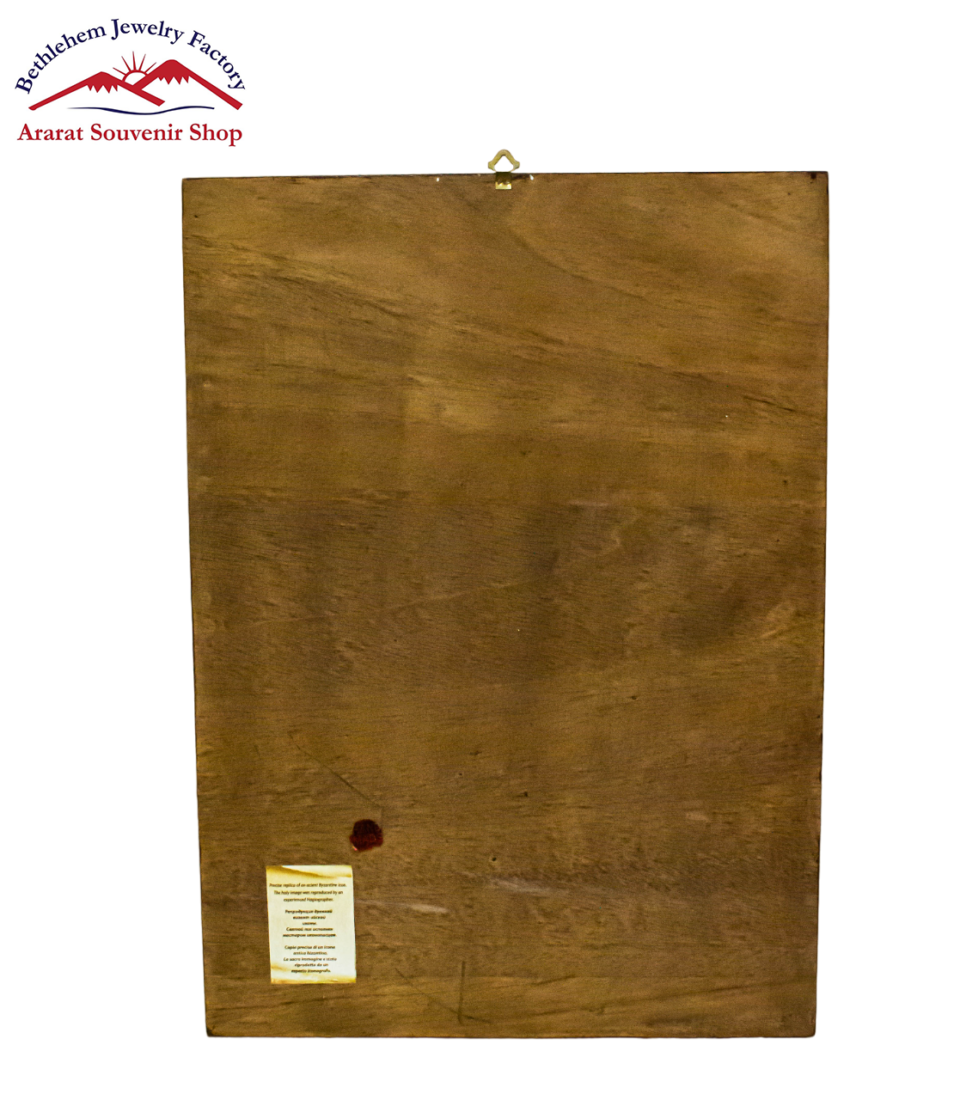

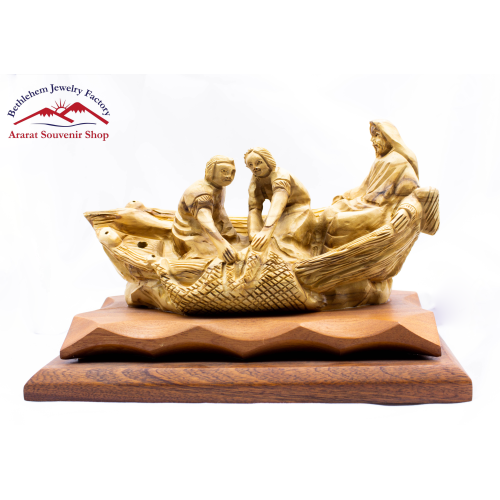
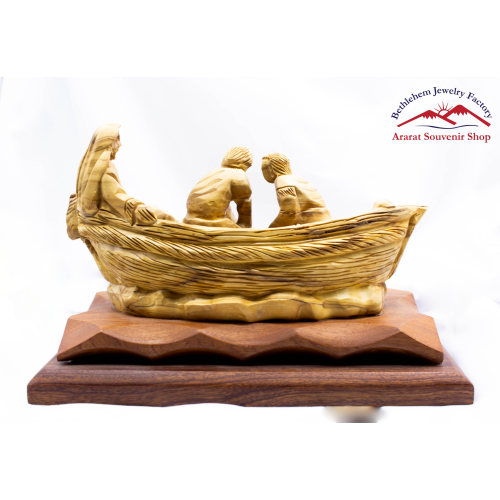

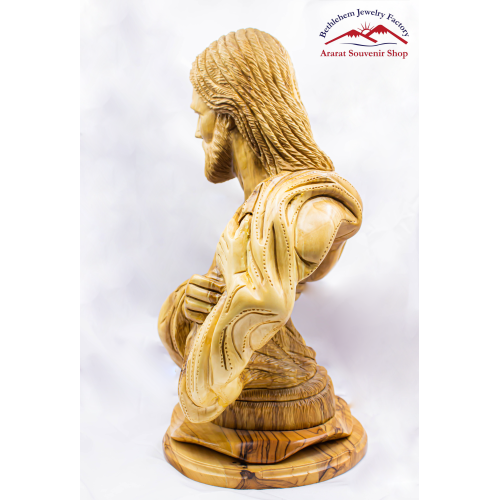


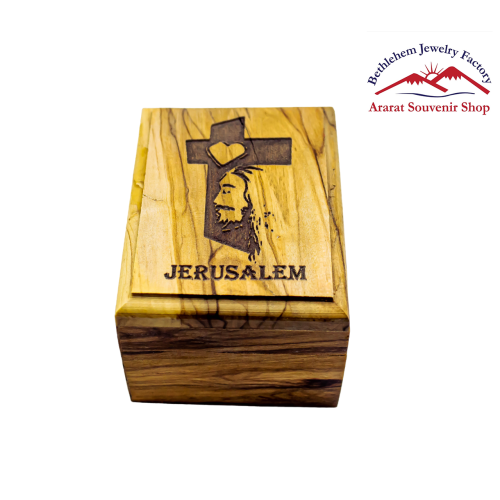
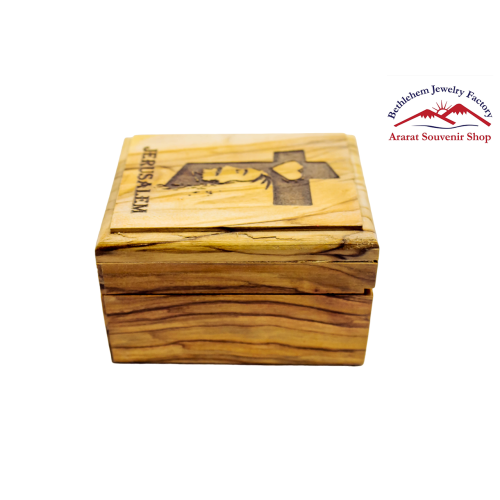
Reviews
There are no reviews yet.